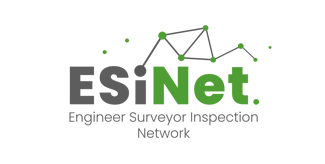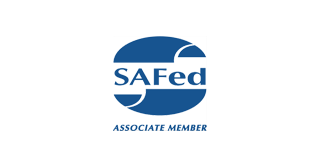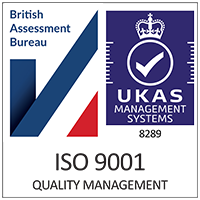If your business uses pressure systems — such as air compressors, steam boilers, or gas tanks — then you have legal duties under the Pressure Systems Safety Regulations 2000 (PSSR). As a manager, it’s your responsibility to ensure that these systems are not only operating efficiently but also safely and compliantly.
In this guide, we break down the key requirements of PSSR and what you, as a manager, need to do to protect your workforce and meet your legal obligations.
What Is PSSR?
PSSR exists to prevent the dangers associated with the failure of pressure systems. It applies to systems that contain a “relevant fluid”, such as:
-
Steam
-
Compressed air
-
Gases under pressure
-
Liquids kept above their boiling point at atmospheric pressure
These systems can pose significant risks if not properly designed, maintained, and inspected — including explosions, chemical releases, and serious injuries.
Your Responsibilities as a Manager
1. Understand Which Equipment Is Covered
Start by identifying which systems fall under PSSR within your organisation. This includes:
-
Air receivers and compressors
-
Steam boilers and associated pipework
-
Autoclaves
-
Pressure cookers
-
Expansion vessels on heating systems
Understanding your equipment helps you plan compliance effectively.
2. Ensure a Written Scheme of Examination (WSE) Is in Place
A Written Scheme of Examination is a legal requirement under PSSR. It must be:
-
Prepared before the equipment is brought into use
-
Written by a competent person
-
Tailored to each specific pressure system
The WSE outlines:
-
Which parts of the system require examination
-
The examination frequency
-
Testing methods and conditions
-
Who is competent to carry out the work
As a manager, you must ensure this scheme is created, reviewed, and followed.
3. Appoint a Competent Person
A “competent person” is someone with the necessary knowledge, training, and experience to carry out inspections and advise on pressure system safety.
This is usually an independent engineer surveyor or inspection body, such as SIS Ltd. The competent person will:
-
Assess the system
-
Prepare or review the WSE
-
Carry out inspections and provide reports
-
Identify defects and recommend remedial actions
4. Maintain Inspection and Maintenance Schedules
Under PSSR, pressure systems must be examined at intervals specified in the WSE. These are often annual, but they may be more frequent depending on usage and risk.
You must:
-
Schedule and record all inspections
-
Carry out necessary maintenance
-
Ensure repairs are completed before equipment is returned to service
-
Keep records of all examinations and work done
5. Keep Accurate and Accessible Records
Documentation is a key part of compliance. As a manager, you should ensure that records are:
-
Up to date
-
Stored securely (digitally or physically)
-
Easily accessible for inspection or audit
Required records include:
-
The current WSE
-
Inspection reports
-
Evidence of repairs or modifications
-
Certificates of conformity
6. Train Staff and Promote a Safety Culture
Staff involved in operating or maintaining pressure systems should be:
-
Trained in safe operation and emergency procedures
-
Aware of warning signs and potential hazards
-
Encouraged to report concerns without delay
Good communication and awareness reduce the risk of incidents and support compliance from the ground up.
What Happens If You Don’t Comply?
Non-compliance with PSSR can result in:
-
Fines or prosecution under health and safety law
-
Invalidated insurance policies
-
Equipment failures, leading to downtime or injury
-
Enforcement notices from the HSE
The consequences can be costly — both financially and reputationally.
How SIS Ltd Can Help
At SIS Ltd, we work with managers and safety teams to simplify PSSR compliance. Our experienced engineer surveyors:
-
Develop and review Written Schemes of Examination
-
Carry out independent pressure system inspections
-
Provide clear reports and practical guidance
We ensure your systems meet regulatory standards and help you stay ahead of inspection deadlines and maintenance requirements.











